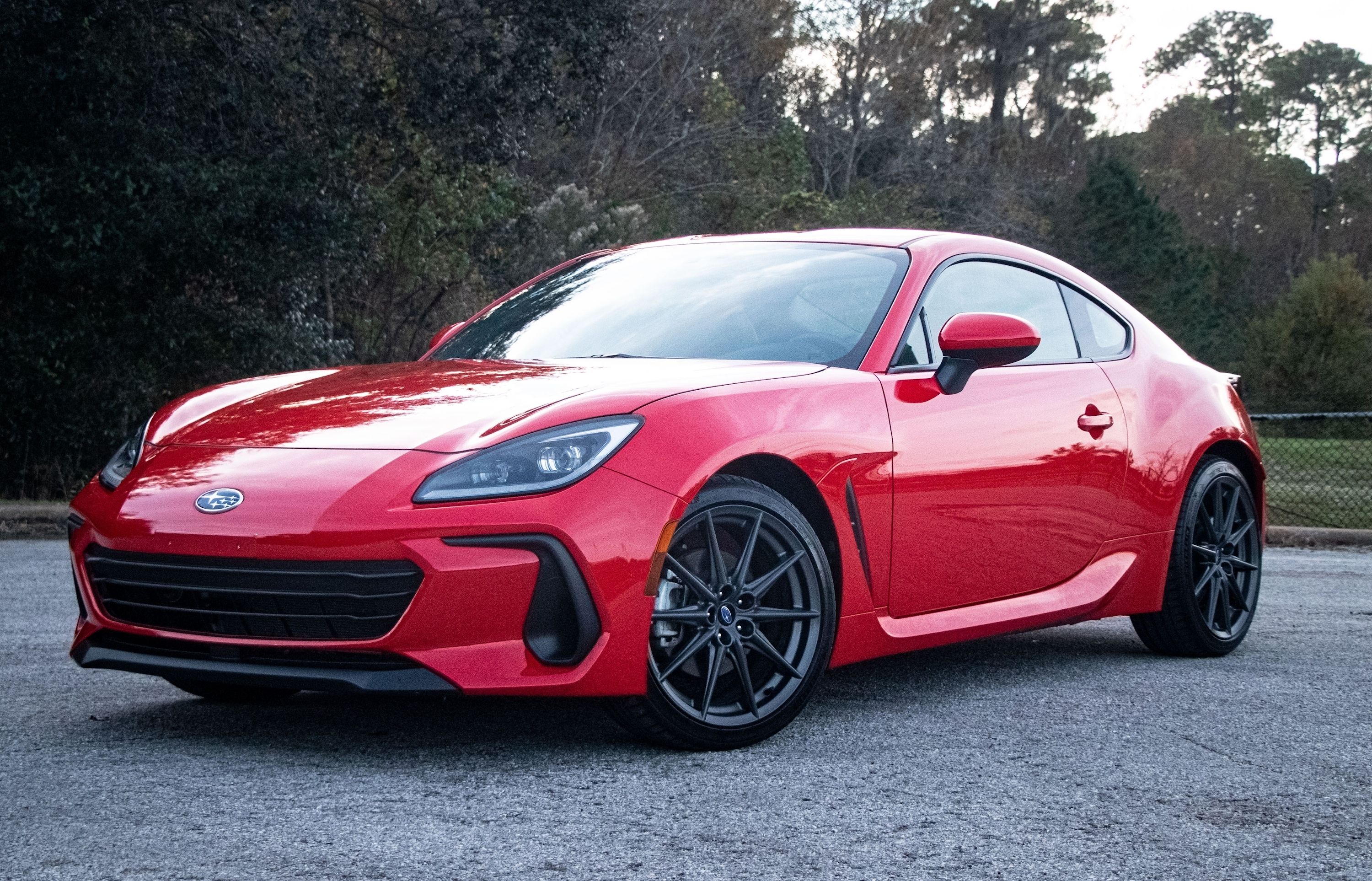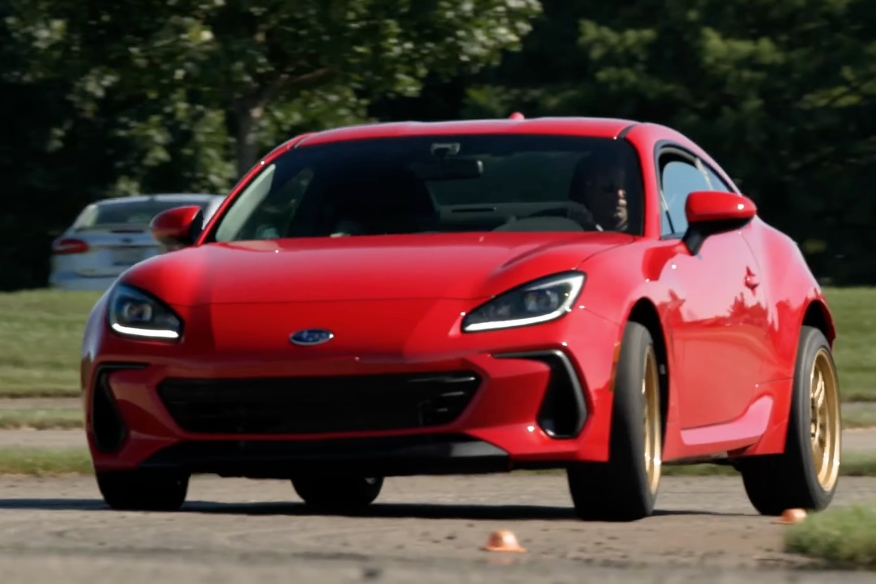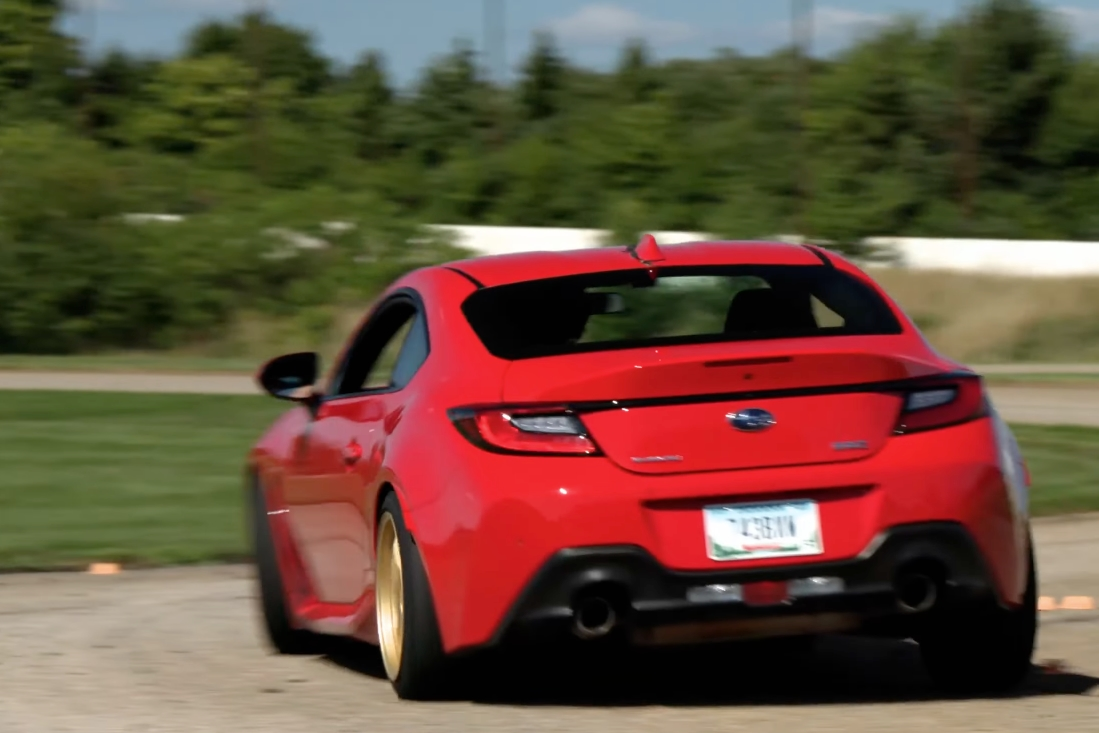
Keen drivers worldwide spend plenty of time and money to shave seconds off their lap times. Better wheels, tires, and brakes are often the best way to make your vehicle faster, but what is the best combo? To find out, Tire Rack has conducted an interesting experiment to answer this question.
"I'm sure it's going to blow a lot of minds, but we'll say it right now: if you are pinching a wide tire onto a narrow wheel, you are leaving time on the table," explains the company's TJ Campbell.
So how did Tire Rack get to this conclusion? By evaluating different tire sizes on different rim sizes. The tire in question is the Bridgestone Potenza RE-71RS, tested in three widths; 215/45R17, 225/45R17, and 245/40R17.
The Enkei RPF1 was the chosen wheel of choice, assessed in 17x7, 17x8, and 17x9 sizes.
Before testing commenced, a control tire was used to establish a benchmark. Essentially, anything slower than the control tire would rank below the baseline, while a faster setup would rate higher.
All the tires were run on different rim sizes to determine the best setup, with test runs conducted on dry and wet tarmac. Fitted with 215/45R17 tires (and the 17x7 rims), drivers noted that the Subaru BRZ test car was easy to maneuver and felt stable when pushed hard. This setup also promoted understeer and a more planted rear end, something the drivers weren't too pleased with.
The front end felt less responsive and didn't provide the desired traction. The 215 tires with the 17x7 rims weren't as fast as the control tire, which isn't necessarily bad. According to the expert drivers, this setup could benefit inexperienced drivers thanks to its forgiving nature.
With the 17x8 wheel/215 tire combo, the BRZ offered a faster turn-in and allowed the rear to rotate with ease. It's not all good news, though, as the drivers felt the car wasn't as balanced as before. Despite the improvements, it still doesn't exceed the baseline. The 17x9/215 tire combo gets slightly closer but fails to cut the mustard.
This setup exceeds the recommended rim width range for a 215/45R17 tire, so this is a track-only setup. Unsurprisingly, this was the favorite of all the 215 setups, with a sharp and direct steering feel. The sports coupe also felt more lively at the rear but didn't lose any composure. However, it was also described as the least forgiving of all the 215 setups.
The 225/45R17 fitted with 17x7 wheels was the first combo faster than the control tire. Testers commented that the rear felt stable, but, again, understeer was present.
The same 225 tires were transformed with the 17x8 wheel. A neutral front-rear balance was provided by this combo, along with crisp steering and sharp turn-in. Testers remarked that this setup offered an outstanding balance of performance on the circuit.
It got even better with the track-only 225/17x9 configuration, which "felt the most athletic" and won the hearts of test drivers as the overall favorite combination. This setup is the fastest of the evaluated bunch, but what about the last three?
The 245/40R17 with the 17x7 rims felt soft, with slow steering and plenty of understeer. As you'd expect, this track-only combo fell short of the baseline. Moving on to the 245/17x8 setup, testers proclaimed this one of their favorites. Not only did it deliver plenty of traction, but it allowed for responsiveness and enhanced car control. Despite this, it only just beat the control tire but wasn't as fast as two of the 225 setups.
The last combo should be the ultimate setup, but the 245 tires with the 17x9 wheel made the BRZ feel "tight" and restricted, with a desire to understeer. The plus points were incredible stability, traction, and the ability to carry plenty of speed through the corners, but the responses felt dull. But can it beat out the 225/17x9 combo?
No, it couldn't. Tyre Rack notes that with some suspension tuning, the last setup may be able to beat the champion, but it seems that's not the case on a stock sports car like the BRZ. It shows that more tire width doesn't equal quicker lap times. "More wheel support for your tire is a more significant factor than tire width alone."
In the wet, however, the tables turn, with the 215s outperforming the wider tires, regardless of the rim width. The results are very interesting and will undoubtedly make you think before fitting more expensive rubber to your track toy.


